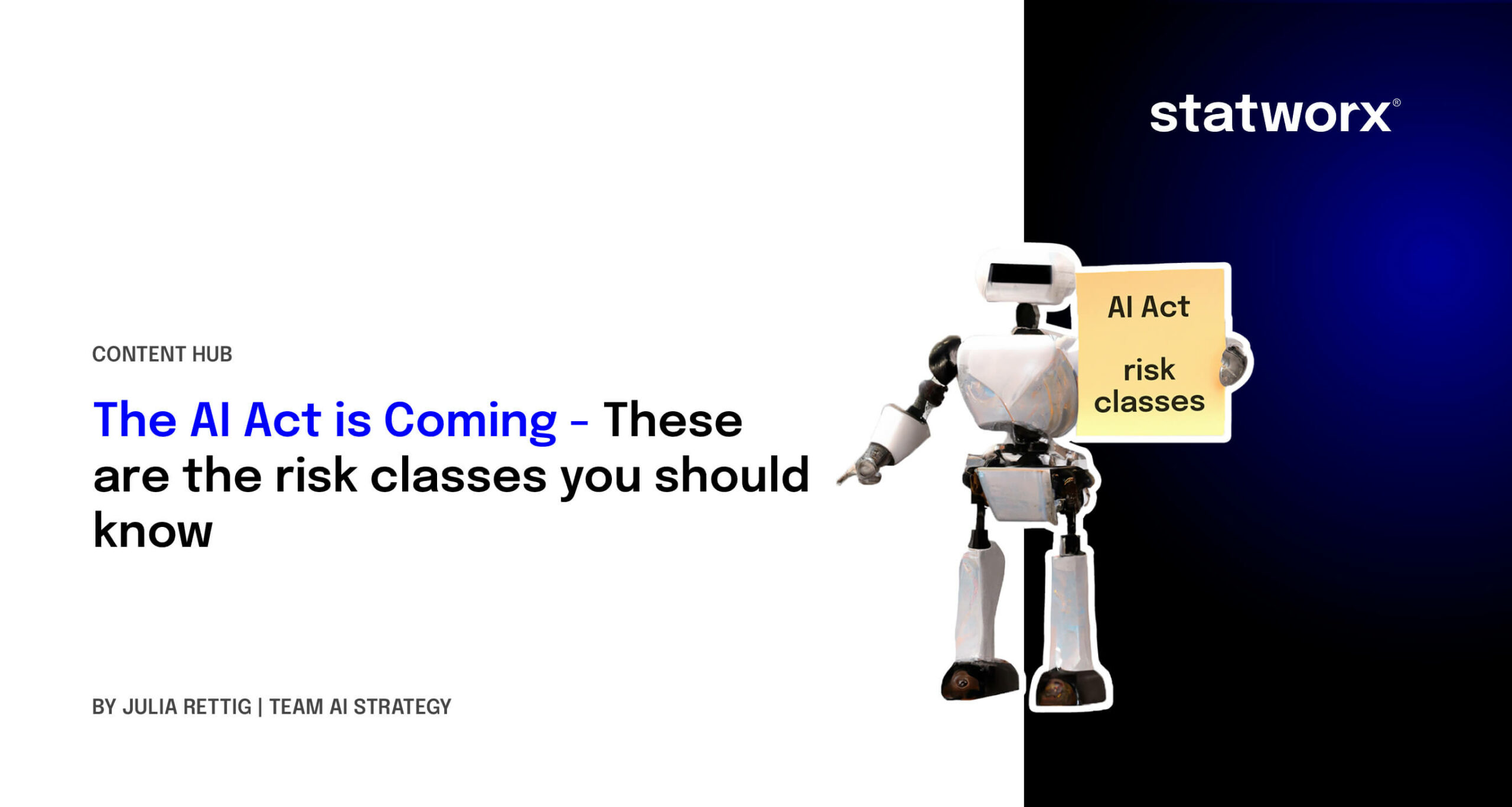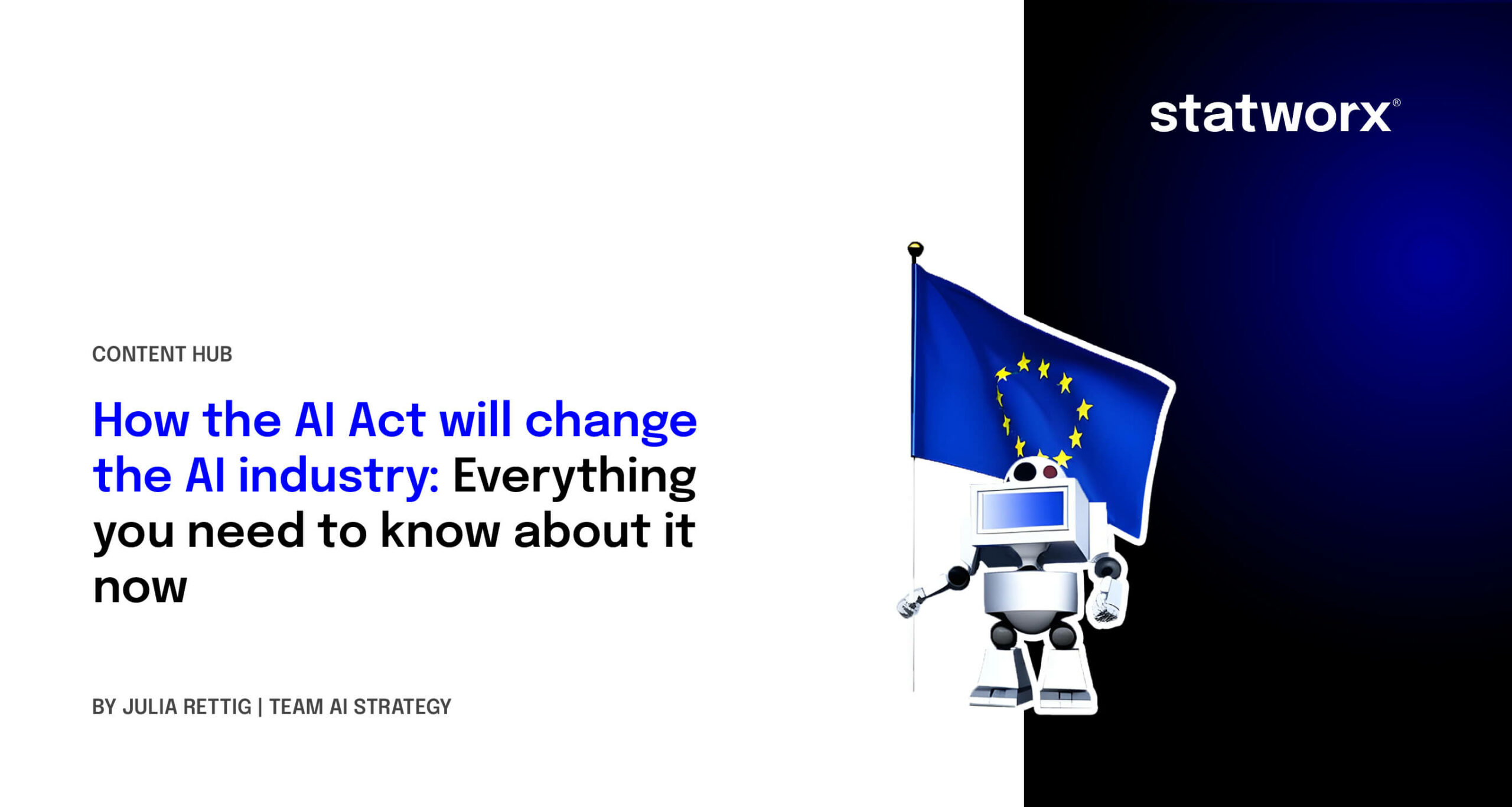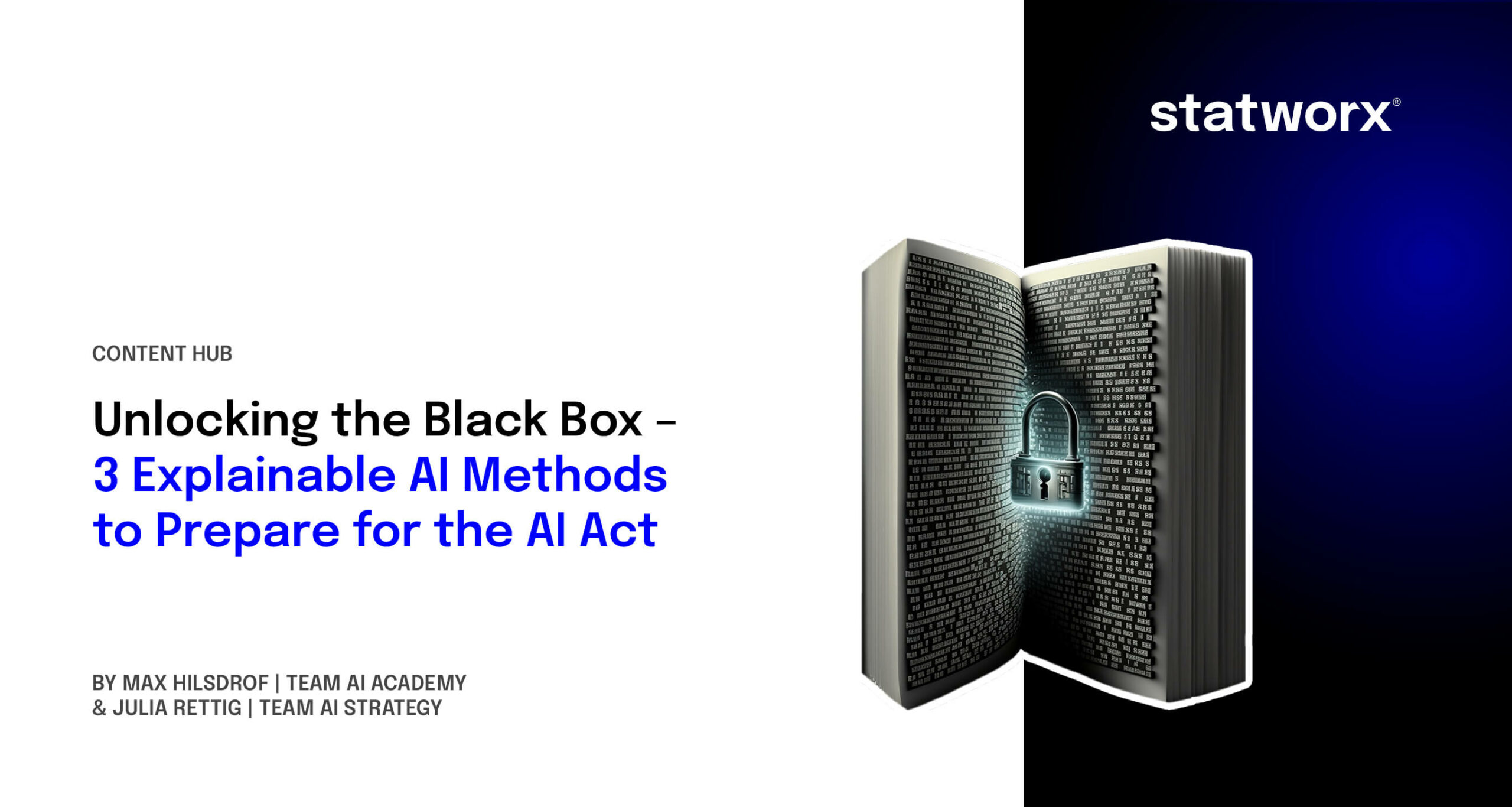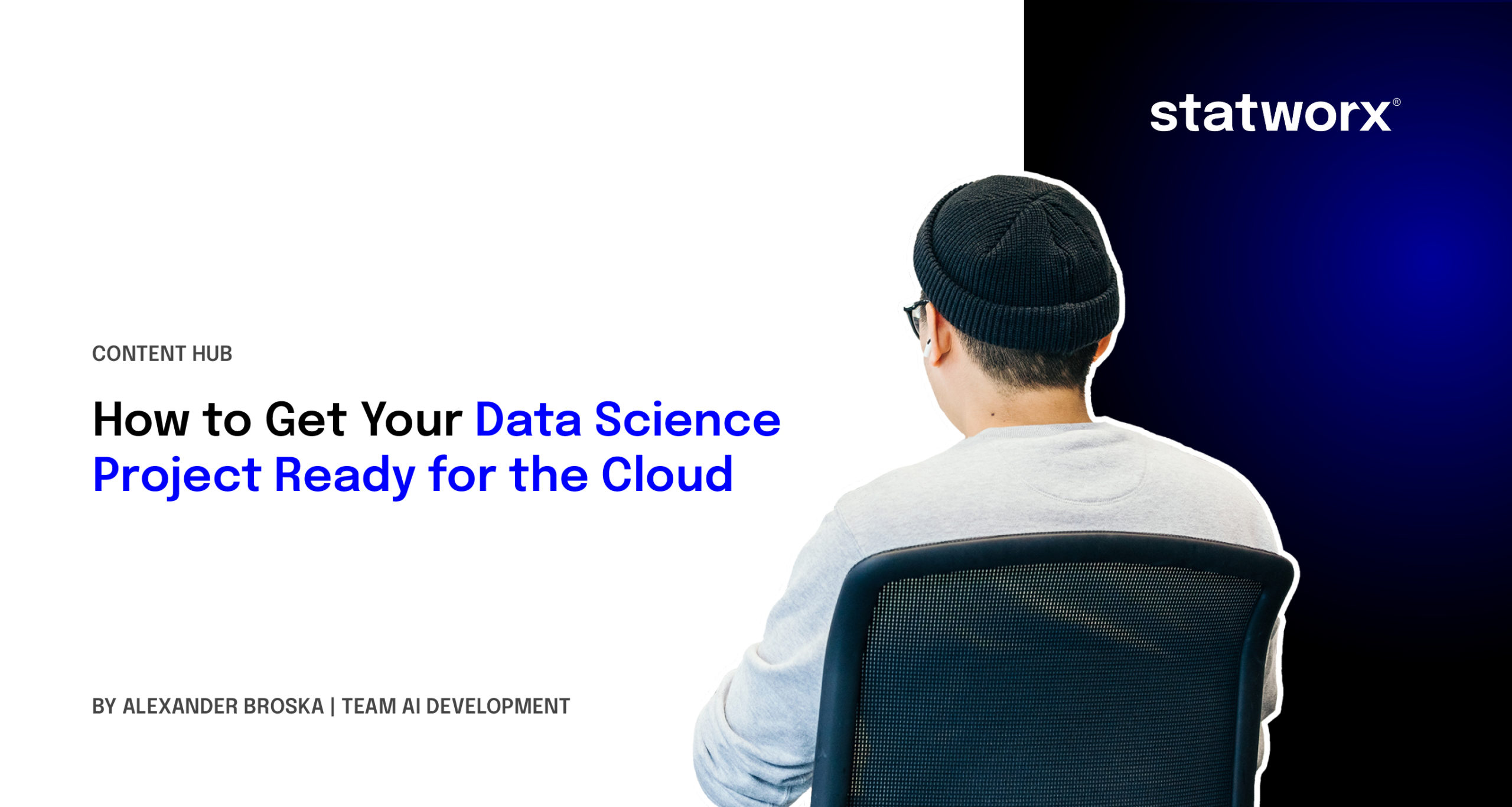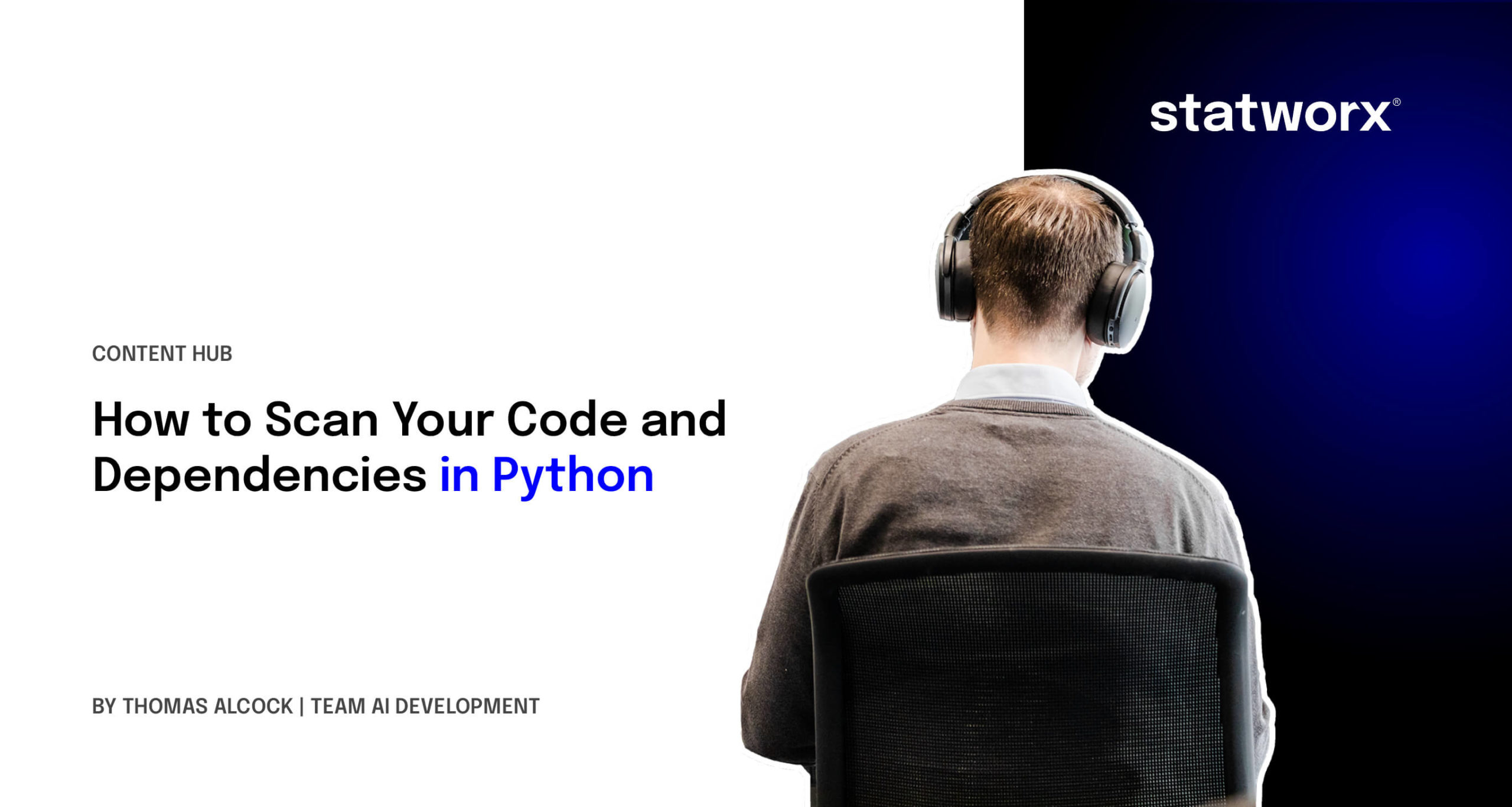At the beginning of December, the central EU institutions reached a provisional agreement on a legislative proposal to regulate artificial intelligence in the so-called trilogue. The final legislative text with all the details is now being drafted. As soon as this has been drawn up and reviewed, the law can be officially adopted. We have compiled the current state of knowledge on the AI Act.
As part of the ordinary legislative procedure of the European Union, a trilogue is an informal interinstitutional negotiation between representatives of the European Parliament, the Council of the European Union and the European Commission. The aim of a trialogue is to reach a provisional agreement on a legislative proposal that is acceptable to both the Parliament and the Council, the co-legislators. The provisional agreement must then be adopted by each of these bodies in formal procedures.
Legislation with a global impact
A special feature of the upcoming law is the so-called market location principle: according to this, companies worldwide that offer or operate artificial intelligence on the European market or whose AI-generated output is used within the EU will be affected by the AI Act.
Artificial intelligence is defined as machine-based systems that can autonomously make predictions, recommendations or decisions and thus influence the physical and virtual environment. This applies, for example, to AI solutions that support the recruitment process, predictive maintenance solutions and chatbots such as ChatGPT. The legal requirements that different AI systems must fulfill vary greatly depending on their classification into risk classes.
The risk class determines the legal requirements
The EU’s risk-based approach comprises a total of four risk classes:
- low,
- limited,
- high,
- and unacceptable risk.
These classes reflect the extent to which artificial intelligence jeopardizes European values and fundamental rights. As the term “unacceptable” for a risk class already indicates, not all AI systems are permissible. AI systems that belong to the “unacceptable risk” category are prohibited by the AI Act. The following applies to the other three risk classes: the higher the risk, the more extensive and stricter the legal requirements for the AI system.
We explain below which AI systems fall into which risk class and which requirements are associated with them. Our assessments are based on the information contained in the “AI Mandates” document dated June 2023. At the time of publication, this document was the most recently published, comprehensive document on the AI Act.
Ban on social scoring and biometric remote identification
Some AI systems have a significant potential to violate human rights and fundamental principles, which is why they are categorized as “unacceptable risk”. These include:
- Real-time based remote biometric identification systems in publicly accessible spaces (exception: law enforcement agencies may use them to prosecute serious crimes but only with judicial authorization);
- Biometric remote identification systems in retrospect (exception: law enforcement authorities may use them to prosecute serious crimes but only with judicial authorization);
- Biometric categorization systems that use sensitive characteristics such as gender, ethnicity or religion;
- Predictive policing based on so-called profiling – i.e. profiling based on skin color, suspected religious affiliation and similarly sensitive characteristics – geographical location or previous criminal behavior;
- Emotion recognition systems for law enforcement, border control, the workplace and educational institutions;
- Arbitrary extraction of biometric data from social media or video surveillance footage to create facial recognition databases;
- Social scoring leading to disadvantage in social contexts;
- AI that exploits the vulnerabilities of a particular group of people or uses unconscious techniques that can lead to behaviors that cause physical or psychological harm.
These AI systems are to be banned from the European market under the AI Act. Companies whose AI systems could fall into this risk class should urgently address the upcoming requirements and explore options for action. This is because a key result of the trilogue is that these systems will be banned just six months after official adoption.
Numerous requirements for AI with risks to health, safety and fundamental rights
The “high risk” category includes all AI systems that are not explicitly prohibited but nevertheless pose a high risk to health, safety or fundamental rights. The following areas of application and use are explicitly mentioned:
- Biometric and biometric-based systems that do not fall into the “unacceptable risk” risk class;
- Management and operation of critical infrastructure;
- Education and training;
- Access and entitlement to basic private and public services and benefits;
- Employment, human resource management and access to self-employment;
- Law enforcement;
- Migration, asylum and border control;
- Administration of justice and democratic processes
These AI systems are subject to comprehensive legal requirements that must be implemented prior to commissioning and observed throughout the entire AI life cycle:
- Assessment to evaluate the effects on fundamental and human rights
- Quality and risk management
- Data governance structures
- Quality requirements for training, test and validation data
- Technical documentation and record-keeping obligations
- Fulfillment of transparency and provision obligations
- Human supervision, robustness, security and accuracy
- Declaration of conformity incl. CE marking obligation
- Registration in an EU-wide database
AI systems that are used in one of the above-mentioned areas but do not pose a risk to health, safety, the environment or fundamental rights are not subject to the legal requirements. However, this must be proven by informing the competent national authority about the AI system. The authority then has three months to assess the risks of the AI system. The AI can be put into operation within these three months. However, if the examining authority classifies it as high-risk AI, high fines may be imposed.
A special regulation also applies to AI products and AI safety components of products whose conformity is already being tested by third parties on the basis of EU legislation. This is the case for AI in toys, for example. In order to avoid overregulation and additional burdens, these will not be directly affected by the AI Act.
AI with limited risk must comply with transparency obligations
AI systems that interact directly with humans fall into the “limited risk” category. This includes emotion recognition systems, biometric categorization systems and AI-generated or modified content that resembles real people, objects, places or events and could be mistaken for real (“deepfakes”). For these systems, the draft law provides for the obligation to inform consumers about the use of artificial intelligence. This should make it easier for consumers to actively decide for or against their use. A code of conduct is also recommended.
No legal requirements for AI with low risk
Many AI systems, such as predictive maintenance or spam filters, fall into the “low risk” category. Companies that only offer or use such AI solutions will hardly be affected by the AI Act. This is because there are currently no legal requirements for such applications. Only a code of conduct is recommended.
Generative AI such as ChatGPT is regulated separately
Generative AI models and basic models with a wide range of possible applications were not included in the original draft of the AI Act. The regulatory possibilities of such AI models have therefore been the subject of particularly intense debate since the launch of ChatGPT by OpenAI. According to the European Council’s press statement of December 9, these models are now to be regulated on the basis of their risk. In principle, all models must implement transparency requirements. Foundation models with a particular risk – so-called “high-impact foundation models” – will also have to meet additional requirements. How exactly the risk of AI models will be assessed is currently still open. Based on the latest document, the following possible requirements for high-impact foundation models can be estimated:
- Quality and risk management
- Data governance structures
- Technical documentation
- Fulfillment of transparency and information obligations
- Ensuring performance, interpretability, correctability, security, cybersecurity
- Compliance with environmental standards
- Cooperation with downstream providers
- Registration in an EU-wide database
Companies should prepare for the AI Act now
Even though the AI Act has not yet been officially adopted and we do not yet know the details of the legal text, companies should prepare for the transition phase now. In this phase, AI systems and associated processes must be designed to comply with the law. The first step is to assess the risk class of each individual AI system. If you are not yet sure which risk classes your AI systems fall into, we recommend our free AI Act Quick Check. It will help you to assess the risk class.
More information:
- Lunch & Learn „Done Deal“ (only available in German)
- Lunch & Learn „Alles, was du über den AI Act Wissen musst “ (only available in German)
- Factsheet AI Act
Sources:
- Press statement of the European Council: „Artificial intelligence act: Council and Parliament strike a deal on the first rules for AI in the world“
- AI Mandates (June 2023)
- “General approach” of the Council of the European Union: https://www.consilium.europa.eu/en/press/press-releases/2022/12/06/artificial-intelligence-act-council-calls-for-promoting-safe-ai-that-respects-fundamental-rights/
- Legislative proposal (“AI Act”) of the European Commission: https://eur-lex.europa.eu/legal-content/DE/TXT/?uri=CELEX%3A52021PC0206
- Ethical guidelines for trustworthy AI: https://digital-strategy.ec.europa.eu/en/library/ethics-guidelines-trustworthy-ai
Read next …
… and explore new
